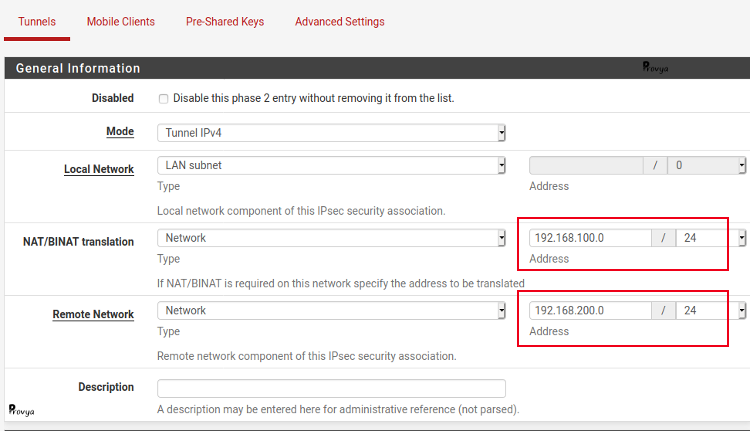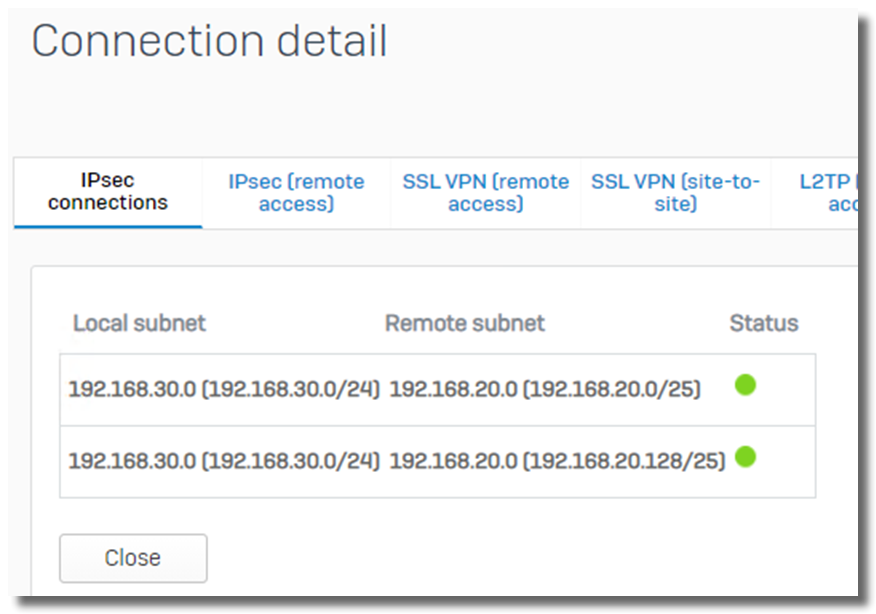

- #Windscribe vpn allow local subnet install#
- #Windscribe vpn allow local subnet windows 10#
- #Windscribe vpn allow local subnet android#
The primary advantage of IKEv2 is that it tolerates interruptions in the underlying network connection. IKEv2 is a VPN tunneling protocol described in Internet Engineering Task Force Request for Comments 7296. For the purposes of this deployment, you require only a small subset of these features: support for IKEv2 VPN connections and LAN routing.

RRAS is designed to perform well as both a router and a remote access server because it supports a wide array of features.

#Windscribe vpn allow local subnet install#
Install and configure the Network Policy Server (NPS)
#Windscribe vpn allow local subnet windows 10#
Hopefully by the end of the year, we will also be able to add IPv6 tunnels to our servers so that IKEv2 can be used with IPv6 on iOS devices.Applies to: Windows Server 2022, Windows Server 2019, Windows Server 2016, Windows Server 2012 R2, Windows 10 This fix will be in the next major release of the iOS app. We are already working on a solution that involves adding the OpenVPN protocol directly into the Windscribe app. You will generally not have this issue on home WiFi routers as their default configurations are pretty standard, using IPv4, but in the worst case if this is an issue, you can usually configure the router to disable IPv6. OpenVPN is a different VPN protocol that will not run into the same problem. The best solution for this at the moment is to use the alternative OpenVPN guide here.
#Windscribe vpn allow local subnet android#
On Android devices, the Windscribe app will block IPv6 traffic automatically so you should not see any leaks when you connect to the VPN. The proxy is not configured for this sort of connectivity so IPv6 is not relevant for the extensions. The Windscribe browser extensions do not use IPv6 in any capacity. If you run a leak test and find that IPv6 is showing up, please contact us with the details so we can investigate the issue. If you are using a distro not listed on our site, even if it's based on the ones there, some functionalities might not be the same and IPv6 leaks could still happen. IPv6 should be disabled by default but please note that we have not tested this on all distros, just the ones we have support for on our site. You can re-enable IPv6 on all your interfaces by following the same steps and pressing Enable IPv6. Press the Disable IPv6 button, then hit OK, restart your computer and your system will no longer work with IPv6. The option to completely disable IPv6 on all your network interfaces is located in Preferences > Debug. However, some web protocols such as WebRTC can actually read your IP directly from the network interface itself so we added a solution for this as well. The Windscribe desktop application will firewall off all IPv6 traffic upon connection to a VPN server. If you use a custom config or set up the VPN through a standard OpenVPN client, you risk leaking IPv6 details as we have no control over how the IPv6 traffic is handled in such circumstances. Keep in mind that this can only be done automatically by us through an official Windscribe client. In the meantime however, we have done our best to block or give you the option to block all IPv6 connectivity on your VPN-enabled devices. This is a functionality that we intend to add in the future though. At this time, IPv6 VPN tunnels are not supported by our servers.


 0 kommentar(er)
0 kommentar(er)
